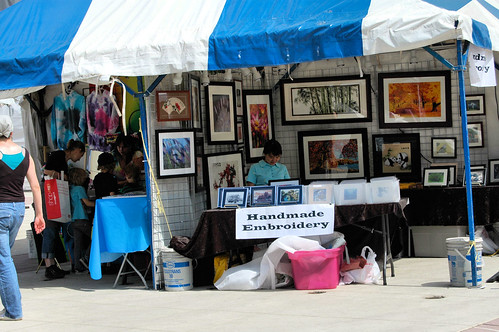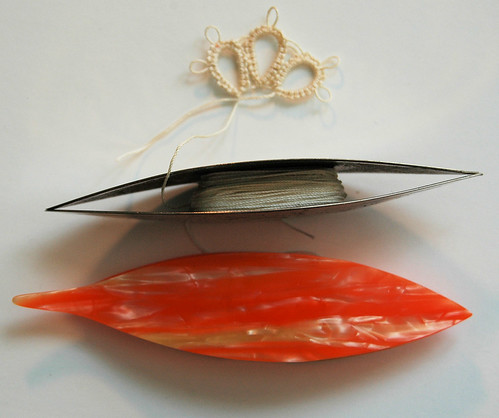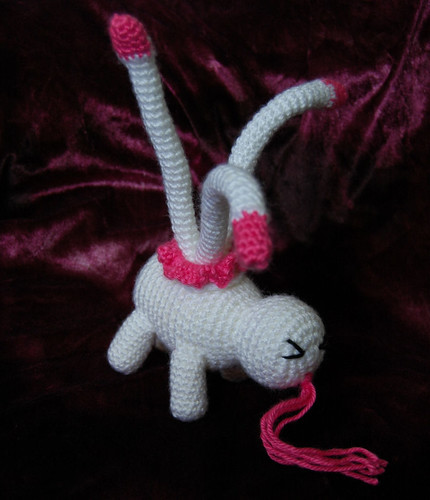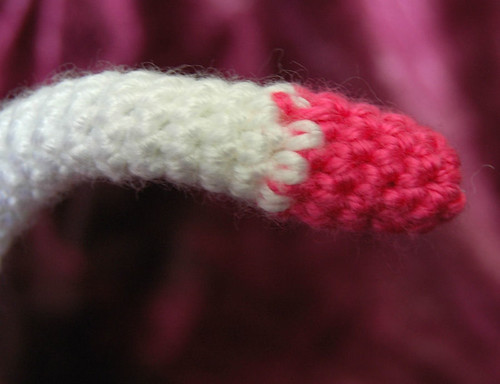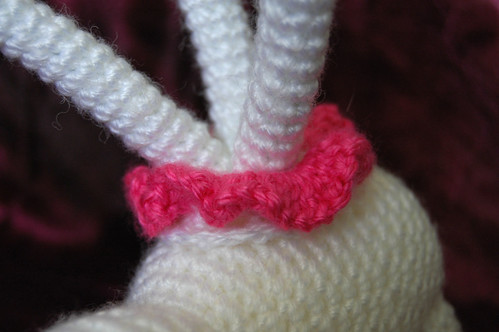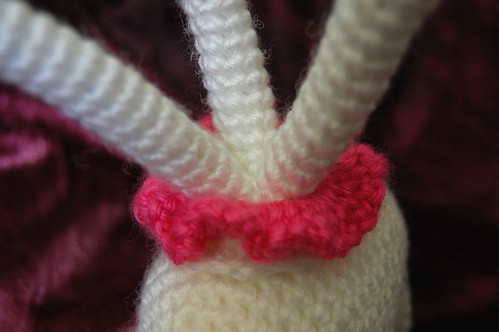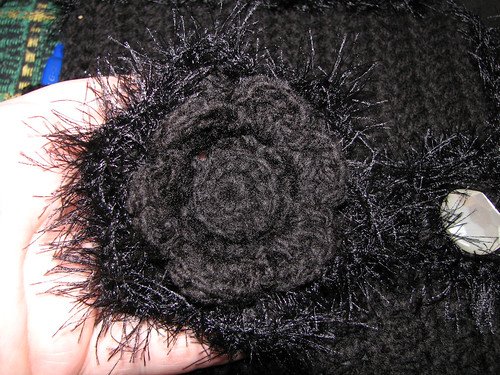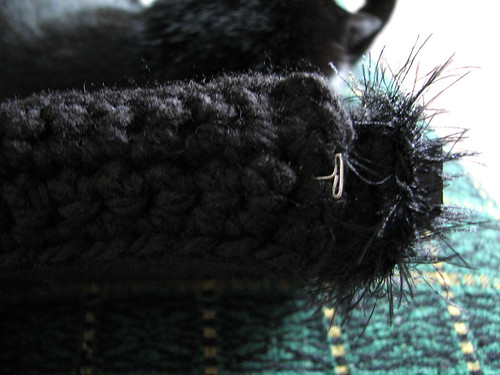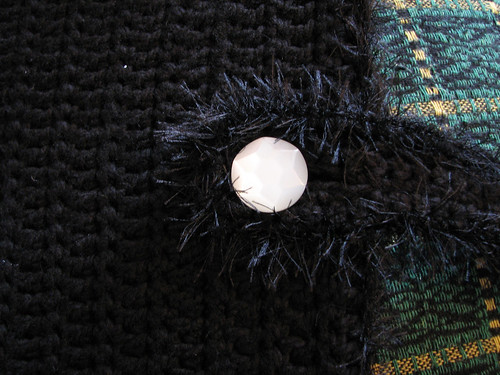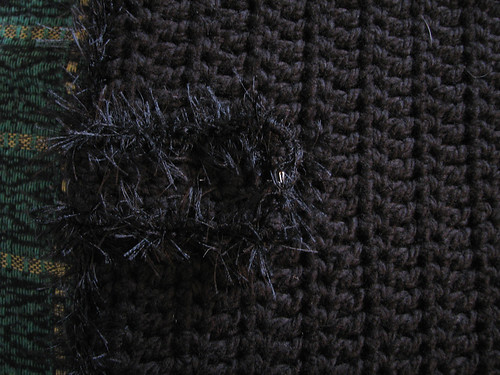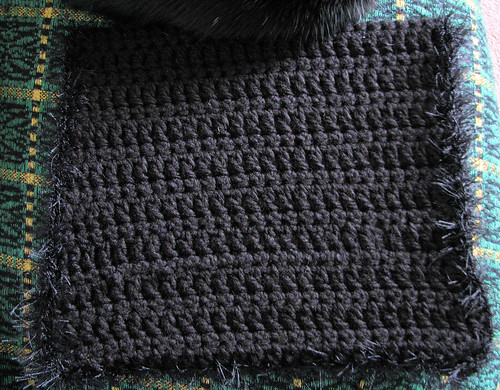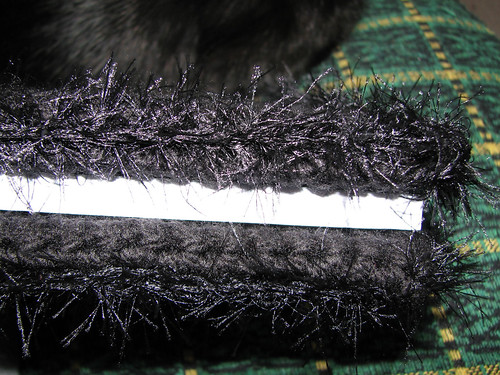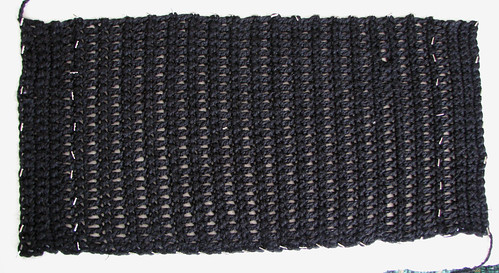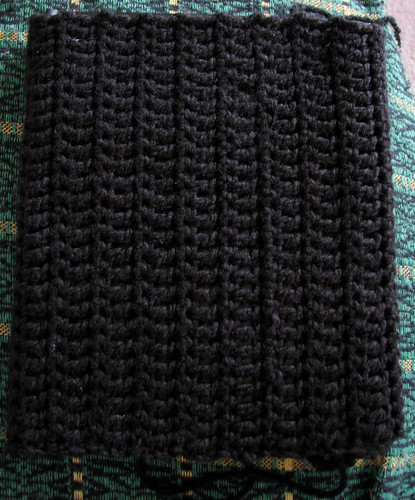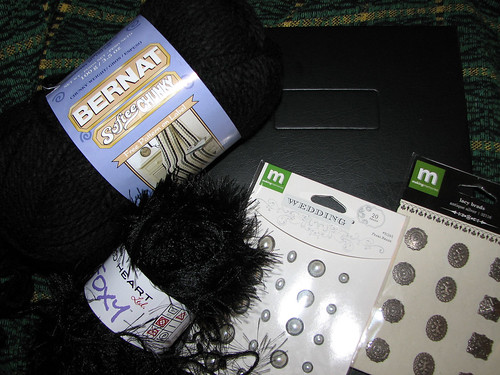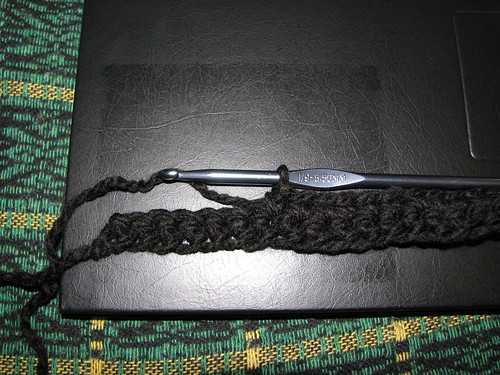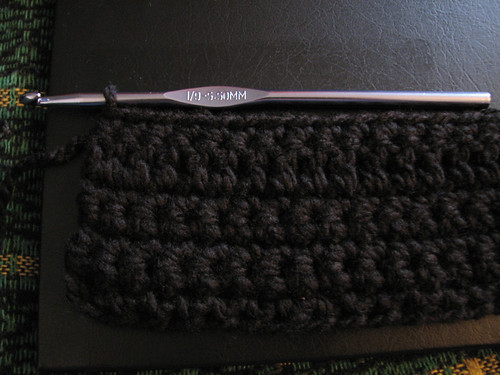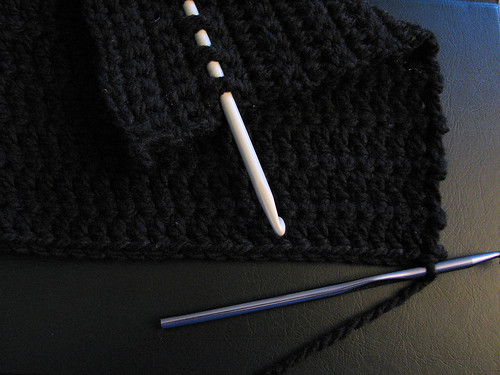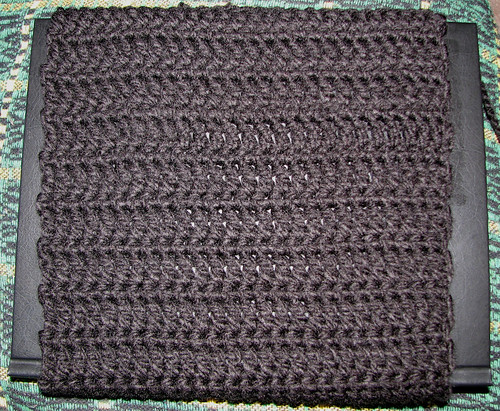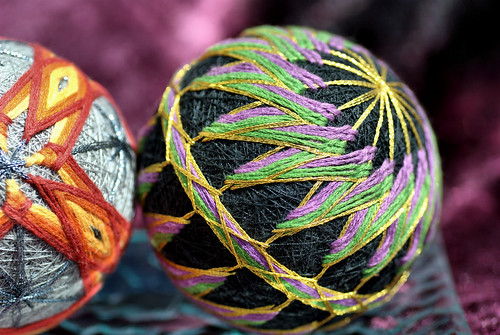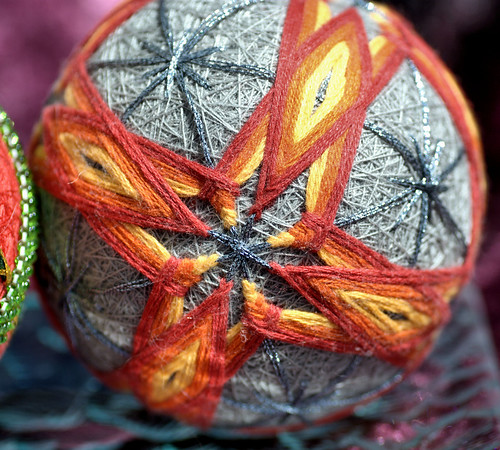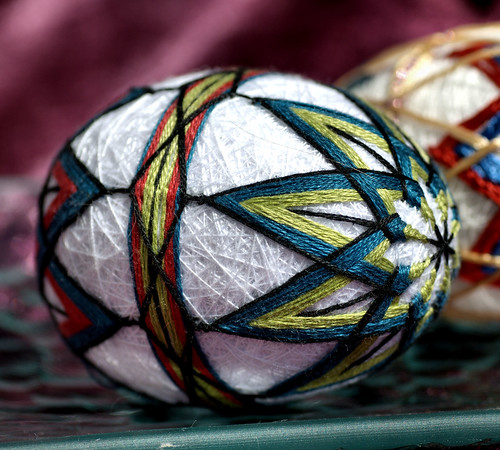Many, many seasons ago, I discovered an
embroidery style called
Bargello. This is a type of
straight stitch embroidery done usually in wools on a mesh canvas. There are different theories as to where the style originated, but wherever it came from, it remained popular for a couple of centuries. It was frequently used for very large pieces, such as bed curtains and upholstery, as well as for pillows and so on. For a time, when people ordered furniture the maker would send the upholstery fabric to the lady of the house for her to embroider in whatever Bargello pattern she wanted, which would then be used to cover the chair or whatever was being made. We can still see the influence of Bargello in modern upholstery designs.
At the time I discovered Bargello, I had some troubles finding appropriate materials. I was able to find embroidery wools (yarn for knitting or crochet tends to be too elastic), but not the blank canvas. I ended up doing this sampler of Bargello patterns for myself on 14 count Aida cross stitch cloth.
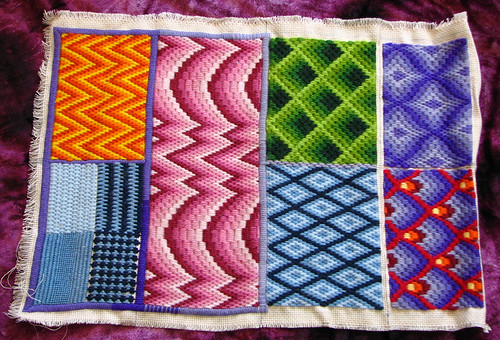
I chose these patterns partly because I really liked them, but also because they can be the basis of almost any other pattern variations I might want to try.
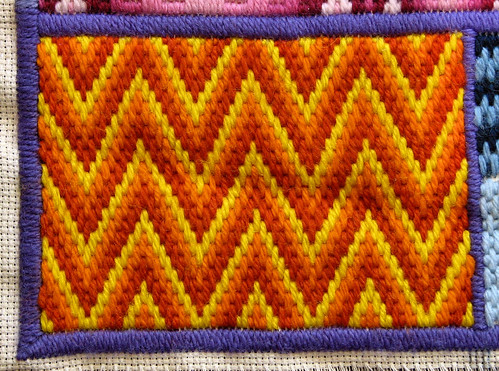
This Flame Stitch pattern is about as basic as it gets. Hungarian Point and Florentine stitch are some of the variations.

I also did a variety of stitches that can be used with the Bargello patterns, such as long and short stitch, satin stitch, and tent stitch.

This is my favorite pattern - a unbroken line pattern combining points and ribbons.

This detailed shot shows the pattern repeat that is mirrored across the piece.
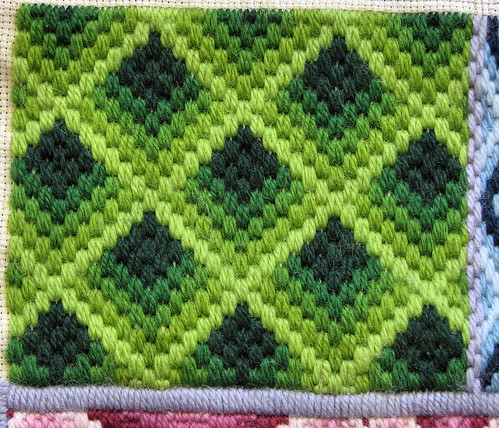
Another favourite of mine, this box pattern is an example of an interval repeat - the diamond outline is stitched first, then filled in with the other colours. Using a monochromatic colour scheme (5 shades of green, in this sample) gives the illusion of three dimensional cubes. Changing the colours can change the effect quite dramatically.
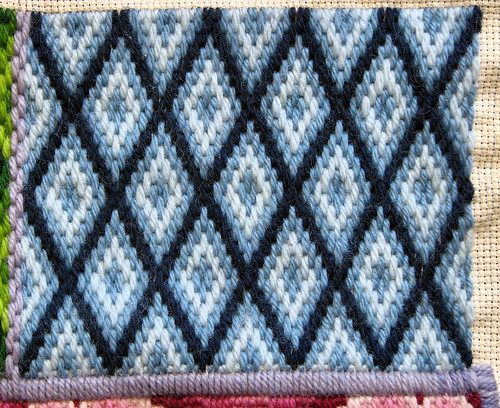
Another interval repeat pattern. I chose a colour scheme and sequence to great dramatic diamond shapes. One of the books on Bargello I have,
Bargello Magic; How to Design Your Own (published in 1972) has 10 variations of this pattern. Changing the colour sequence makes them look so different, it's hard to believe they're the same pattern.
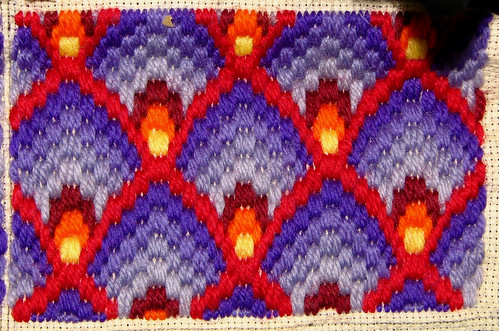
This interval repeat pattern (minus the cat's ear in the corner...) is sometimes called a peacock pattern.

While this one is sometimes called a pomegranate pattern.
Although Bargello stitches are always worked up and down, they don't have to be all done in the same direction. A wonderful variation is Four Way Bargello.
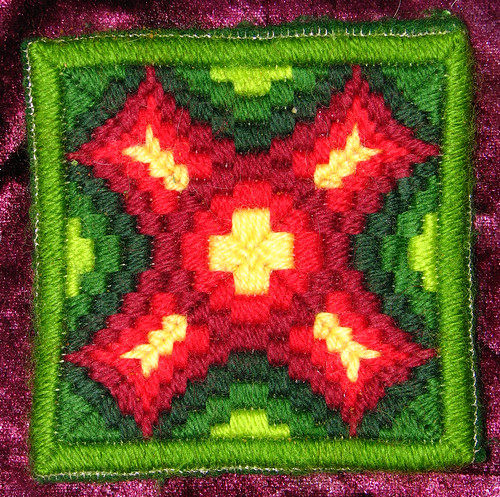
This is the last of a set of 3 four way patterns I'd tried, doing two of each, in Christmas colours. I gave one away, but have no idea what happened to the others! How unfortunate that the only one I have left is the one with the pattern I liked least. Oh, well.
I'd managed to find some blank canvas and worked it on an embroidery frame in one long strip. My older daughter was about nine months old when we made them together (she's now 17). The stitches are worked using large, blunt ended tapestry needles, so there was little concern that she would hurt herself. She would work the stitches from the front, placing them where I told her to for the pattern, and I would work it from underneath, passing the back needle to her. She absolutely loved helping out!
After the sections were stitched, I cut them out with a half inch seam allowance, then used felt for a backing, stitching the right sides together around 3 1/2 sides, then flipping them right side out and slip stitching the opening. I finished with an edge of button hole stitch in silver metallic thread.
Virtually any straight pattern can be converted to a four way pattern. Similarly, turning patterns at corners can be done to create a Bargello stitched frame.
There aren't as many resources for Bargello as there is for other forms of embroidery, but there are some good ones out there. The aforementioned
Bargello Magic is well worth finding. Along with the basics of what materials to use and patterns, it guides the reader through the creative process of making their own designs.
Another excellent book is
Beautiful Bargello; 26 Charted Bargello and Needlepoint Designs by
Joyce Petschek. I'm not a big fan of books that wax poetic about how things are supposed to make us feel. Sorry, but "the deep intensity of a topaz jewel" does not bring about "profound feelings of contentment" in me. Nor does "the splendor of gold" entice me "to the realms ruled by the imagination." Actually, yellows generally make me feel tense and hurt my eyes. Besides, it's a pillow. The only thing I want a pillow to inspire me to do is lay my head on it because it looks so comfortable. *L* Still, her projects are gorgeously worked and very inspiring. I can only dream of being able to find - and afford! - the gorgeous materials she uses.
I would highly recommend giving Bargello embroidery a try, if you can get ahold of the materials. Because it is worked on low count mesh with thick strands and large needles, pieces get worked up with satisfying speed. The most basic knowledge of embroidery (a straight stitch) is all that's needed, and simple changes in colour can make for dramatically different looks with the same patterns.
